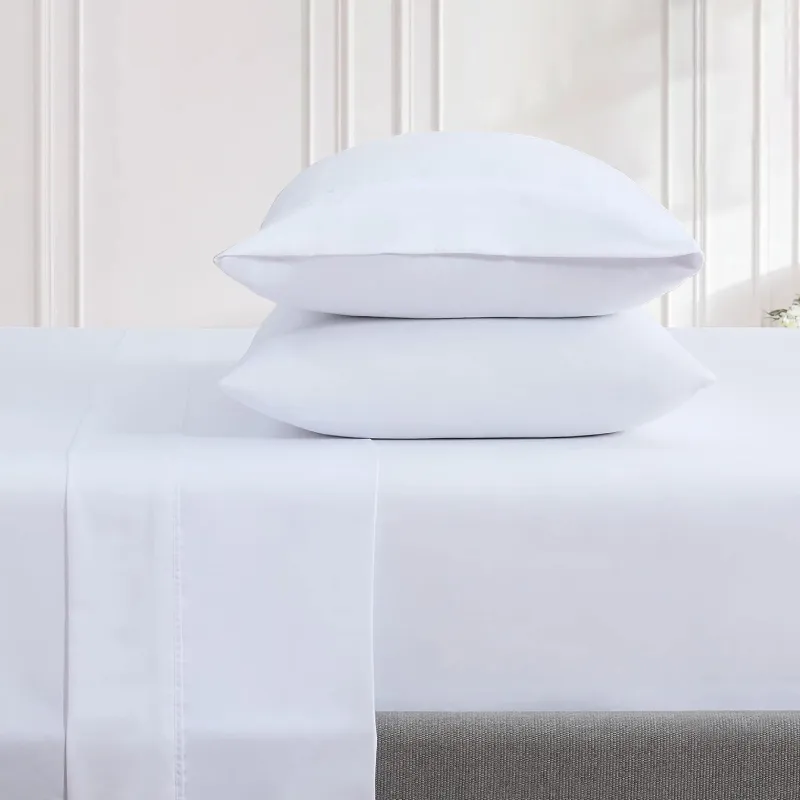Choosing the Right Filler for Your Duvet Comforter for Ultimate Comfort
Understanding Duvet Comforters and Their Fillers
When it comes to bedding, comfort and warmth are paramount. One of the most popular choices for achieving this cozy atmosphere is the duvet comforter. A duvet is a type of blanket that is typically filled with down, feathers, wool, or synthetic materials, encased in a soft fabric shell. The fills used in duvet comforters are crucial in determining their overall warmth, weight, and texture, making it essential to understand your options when selecting the perfect duvet for your needs.
Types of Filler Materials
1. Down
Down is the soft layer of feathers found under the outer feathers of ducks and geese. It is renowned for its excellent insulation properties and lightweight nature, making it a top choice for many duvet models. Down-filled comforters are celebrated for their fluffiness and ability to trap warm air, providing a warm yet breathable experience. The warmth-to-weight ratio of down is one of its most significant advantages, allowing for a warm duvet that doesn’t feel overly heavy on the body.
However, down can be more expensive and typically requires special care when washing to maintain its loft and prevent clumping. Additionally, allergens can be a concern for individuals sensitive to feathers, leading many to seek alternatives.
2. Feather
Feather-filled comforters are more affordable alternatives to down. Unlike down, which is primarily the undercoating, feathers can include the larger quill portions of the bird’s plumage. While they do provide warmth, duvet comforters made from feathers may not offer the same level of softness and insulation as down. They are often heavier and might not have the same luxurious feel. Those looking for a more budget-friendly option might find feather fill appealing, provided they prioritize weight and texture.
3. Wool
duvet comforter filler

Wool is another filler material that has been used for centuries. Its natural moisture-wicking properties and temperature-regulating abilities make it an excellent choice for comforters. Wool-filled duvets can keep you warm in winter and cool in summer, ensuring a comfortable sleeping environment year-round. Moreover, wool is hypoallergenic, making it suitable for individuals with allergies. However, wool comforters can be heavier than down or synthetic options.
4. Synthetic Fibers
For those who prefer hypoallergenic options or seek a budget-friendly alternative, synthetic fill materials such as polyester fiberfill are excellent choices. Synthetic duvets can mimic the softness of down while being more affordable and easier to care for, as they are usually machine washable and dryable. Although synthetic fills may not provide the same warmth as high-quality down, advancements in technology have created lightweight, warm synthetic options that perform well in diverse climates.
Choosing the Right Duvet Comforter
When selecting a duvet comforter, consider several factors. First, think about your sleeping environment and personal preferences—do you need heavy warmth for winters, or do you prefer a lighter feel? If your home experiences significant temperature fluctuations, a temperature-regulating material like wool might be ideal.
Also, consider your sensitivity to allergens. For allergy-prone individuals, synthetic fills or wool might be preferable over down or feathers. Additionally, evaluate your maintenance preferences; for example, if you prefer low-maintenance bedding, synthetic options are easier to wash compared to their natural counterparts.
Conclusion
In conclusion, duvet comforters filled with different materials each offer unique benefits and drawbacks. The choice between down, feathers, wool, or synthetic fibers ultimately depends on your personal preferences regarding warmth, weight, maintenance, and sensitivity to allergens. It is essential to consider these factors to ensure that you select a duvet comforter that not only suits your sleeping needs but also enhances your overall sleep quality. A well-chosen duvet can transform your bed into a sanctuary of comfort, providing you with restful nights for years to come.
-
Elevating Comfort and Quality with the Right Bed LinenNewsJul.07, 2025
-
Bedding Essentials: From Percale Sheets to White Quilts, Finding Your Perfect Sleep HavenNewsJul.07, 2025
-
Choosing the Right Bedding for a Comfortable and Stylish BedroomNewsJul.07, 2025
-
Understanding the Diverse World of Towel TypesNewsMay.29, 2025
-
The Ultimate Comfort: Discover the Benefits of Polycotton SheetsNewsMay.29, 2025
-
Experience Luxury with 1800 Brushed Microfiber SheetsNewsMay.29, 2025
-
Elevate Your Sleep with Luxurious Hotel Sheets for SaleNewsMay.29, 2025






